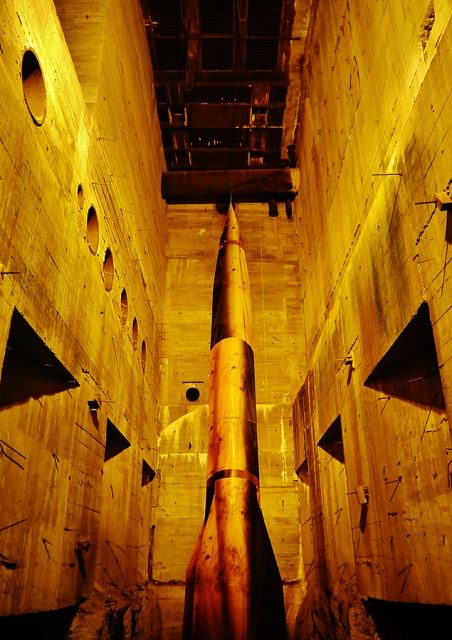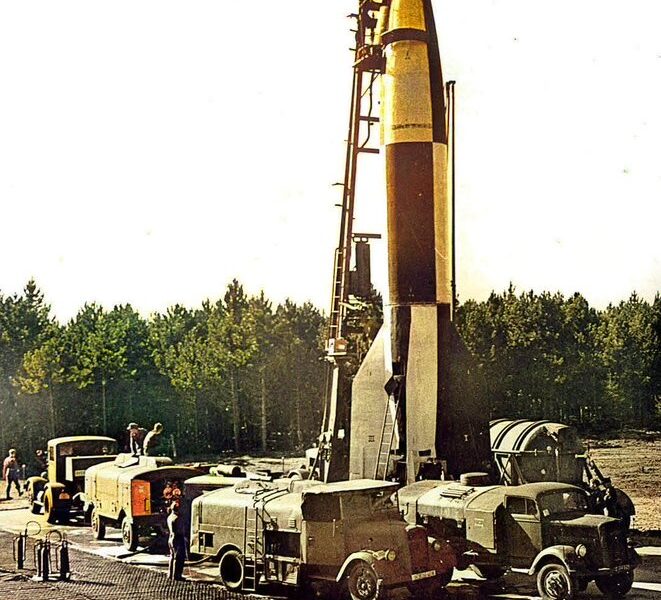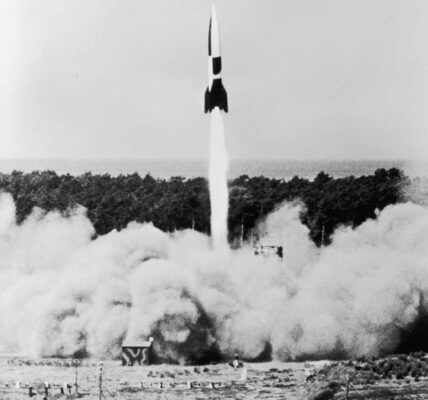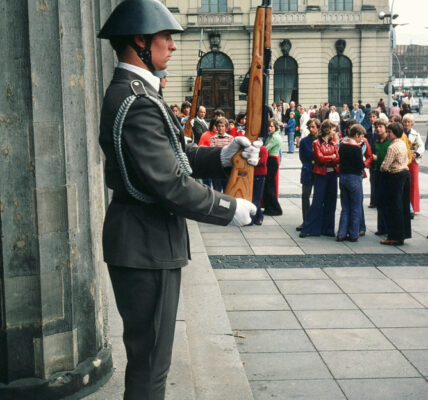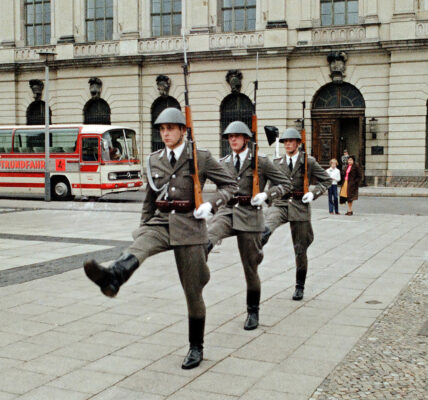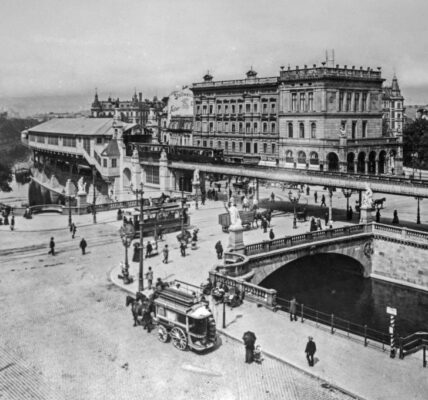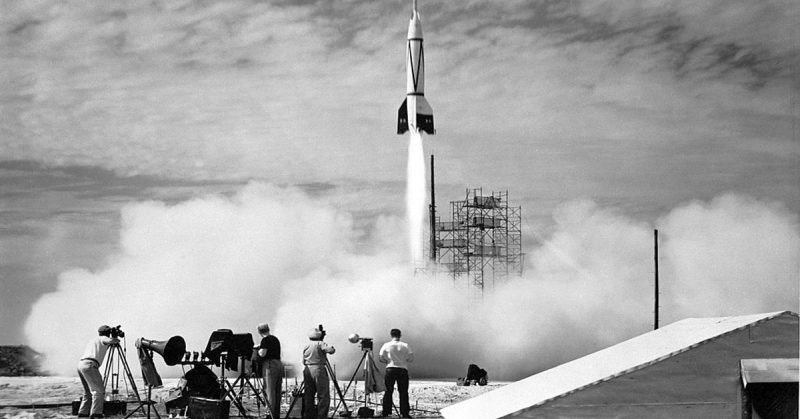
As early as 1932, Germany was investigating the use of rockets in warfare. The military was thinking outside the box and looking for ways to circumvent the strict arms bans enacted by the Treaty of Versailles after the First World War.
Soon after Hitler consolidated his power, a young and ambitious engineer named Werner von Braun assembled a team of 80 rocket enthusiasts in Kummersdorf. They soon formed the core of German rocket production.
After partial success with prototypes, the group received further funding and was relocated to Peenemünde on the Baltic coast, which was to become the birthplace of the V1 and V2 rockets.
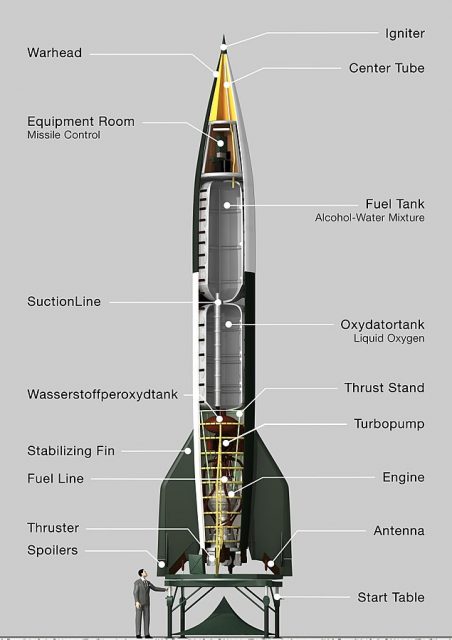
Although the V1 flying bomb spread fear during its campaign of terror in Britain, its successor, the V2, proved far more dangerous.
The V2, designated the A4 in its prototype phase, was a response to the Allied frequent bombing raids on German cities in the late stages of the war. They primarily targeted civilian targets to spread panic.
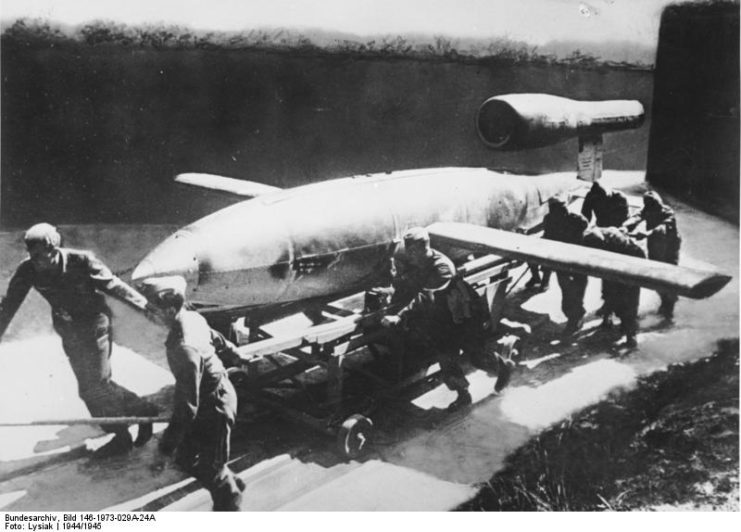
V2 production was originally planned in Peenemünde, but in 1943 the facility was damaged by Allied bombers, forcing von Braun and the others to move again.
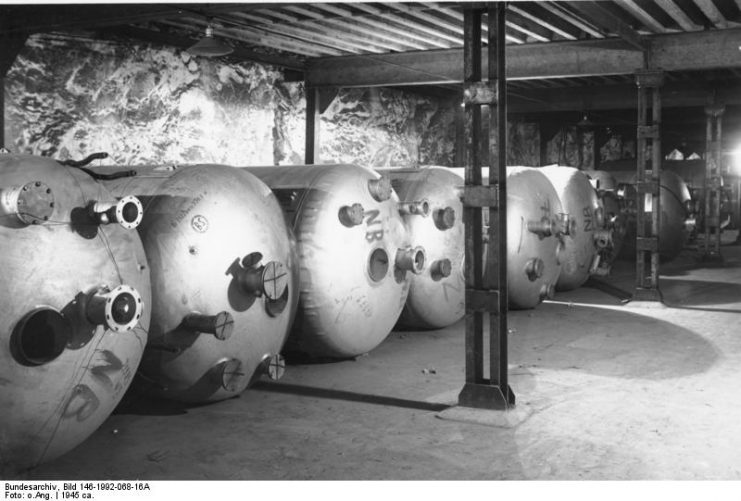
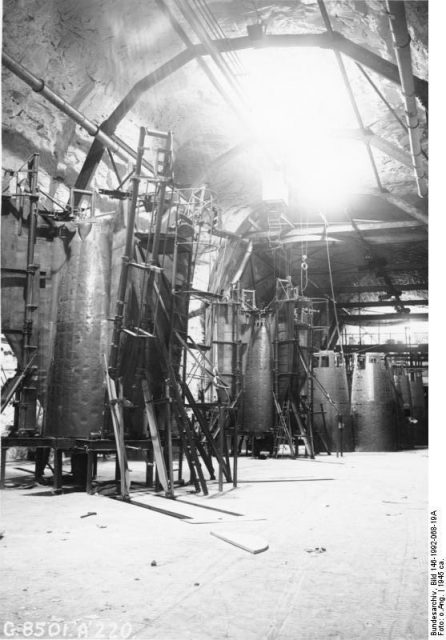
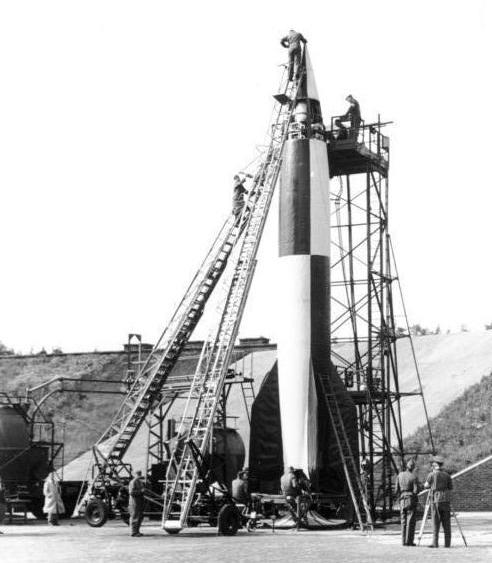
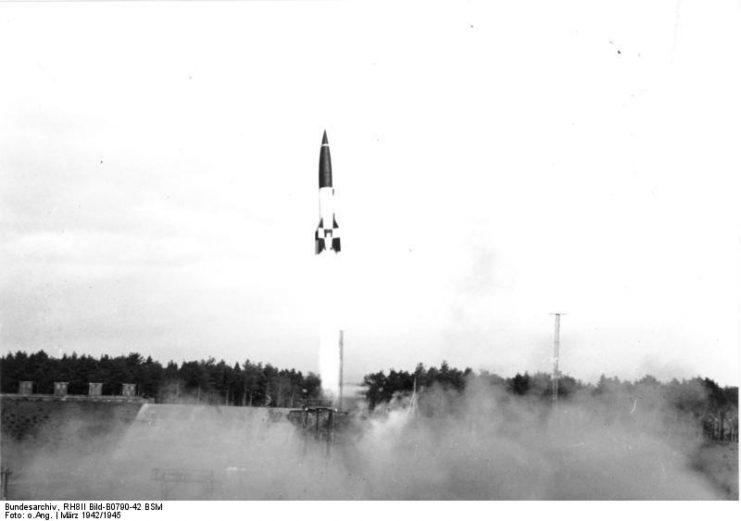
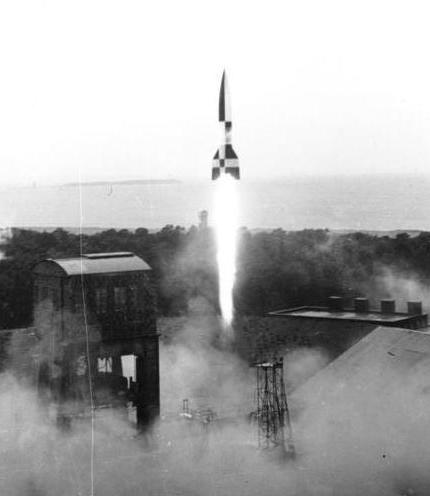
Germany subsequently built special underground facilities in Nordhausen (Mittelwerk) and Ebensee to continue work on the V2. Construction was carried out by forced laborers of concentration camp prisoners, many of whom left their remains there.
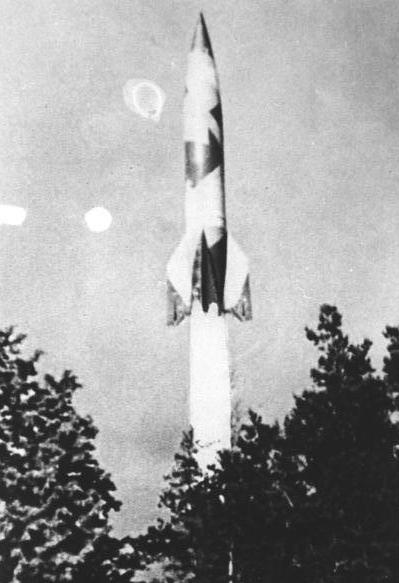
The V2 was the first functional long-range ballistic missile that flew past the edge of the Earth’s atmosphere and could hit ground targets from a distance of up to 320 kilometers.
London suffered the most losses when Germany began using the V2. Later, as the Allied front advanced in 1944, the Belgian cities of Antwerp and Liège became their primary targets.
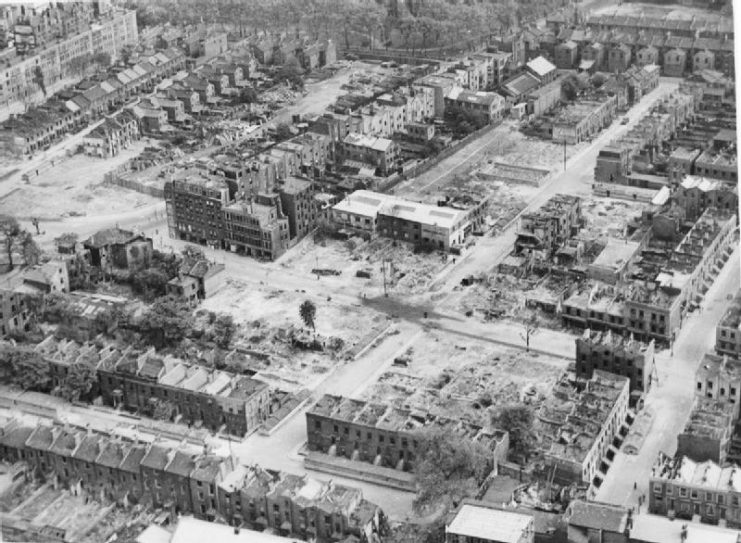
It is estimated that over 3,000 rockets were fired at various targets between September 1944 and March 27, 1945, the last use of the V2 rocket.
According to the BBC, the missiles were responsible for the deaths of an estimated 9,000 civilians and military personnel. Another 12,000 workers died for various reasons during the production process.
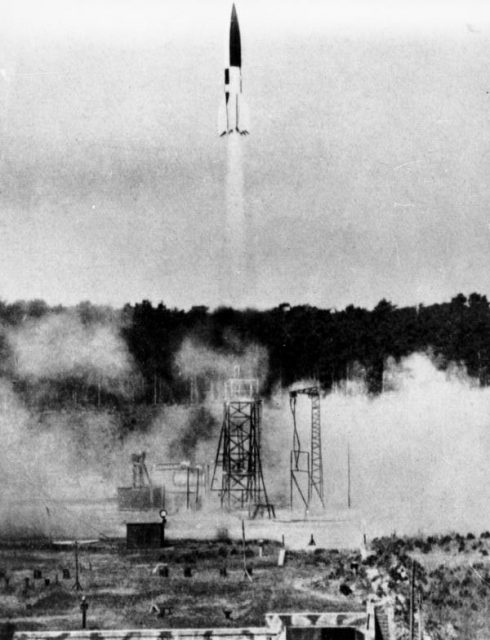
Hailed as the weapon of the future, the V2 rockets arrived too late to turn the tide of war in Germany’s favor. Nevertheless, they became a valuable asset for the Allied and Soviet armies.
Both sides of the impending Cold War would use Germany’s advanced technology to produce their own ballistic missiles with nuclear warheads and also to conduct flights into space.
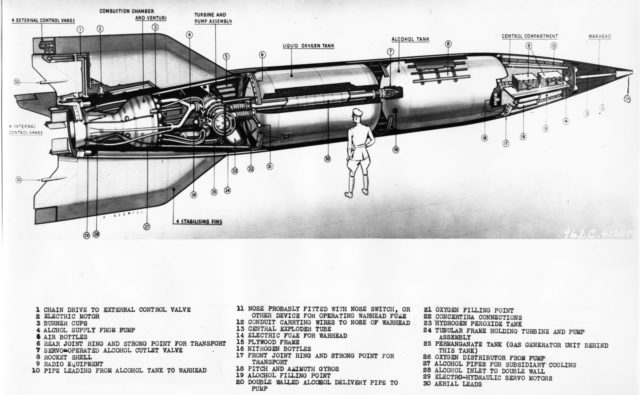
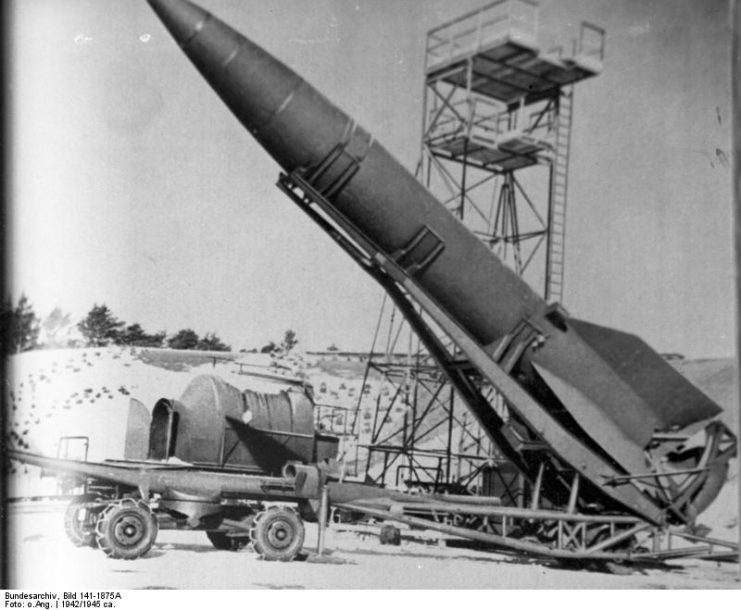

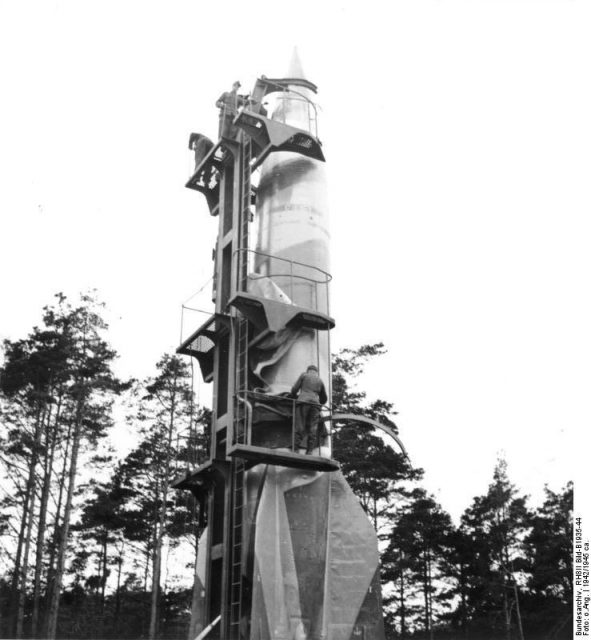
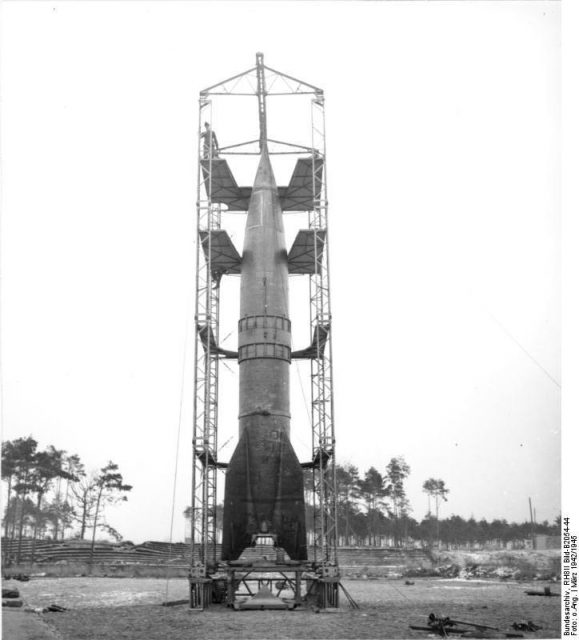
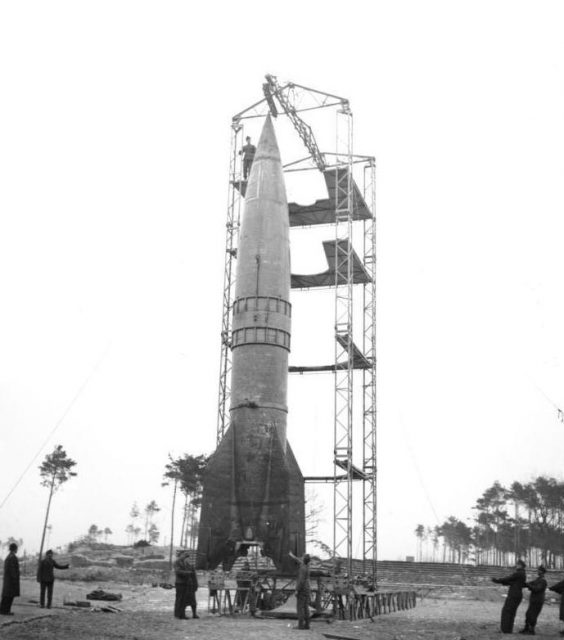

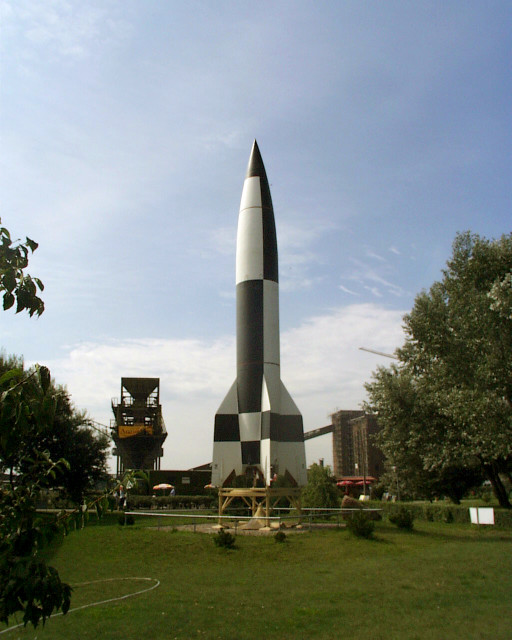
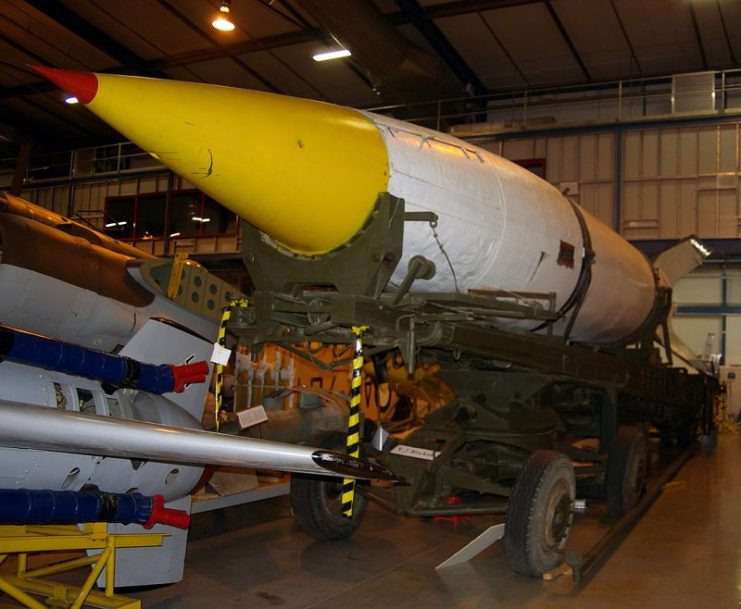
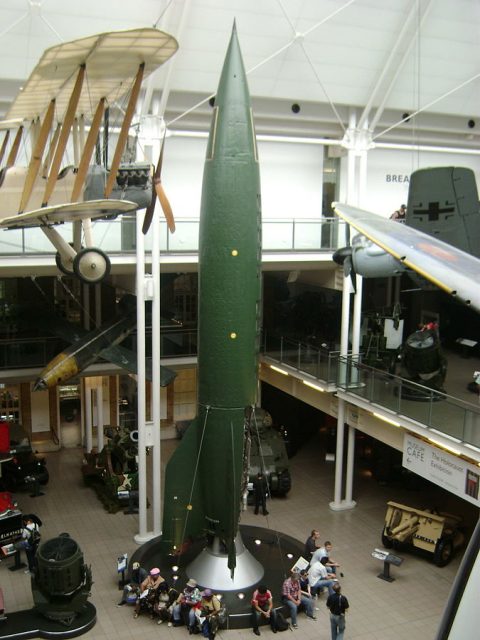

Read another story from us: Wonder Weapons: Hitler’s Jets and Rockets Saved the Nazis
